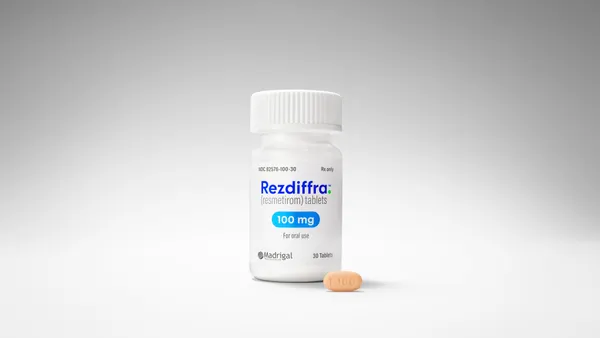Clinical Monitoring: How EDC Has Changed the Game As the use of electronic data capture (EDC) systems increasingly becomes mainstream in clinical research, replacing the use of paper CRFs, much focus has been placed on the revolutionary impact this technology has had on the role of clinical data managers. However, one could argue that an even larger, yet seldom discussed paradigm shift has taken place with respect to the responsibilities of another key player on the clinical development team: the clinical monitor or clinical research associate (CRA). The Clinical Research Associate and Technology Little has changed in the basic requirements of a typical CRA in the past 10 years: nursing or life sciences degree, ability to travel for long periods, in-depth understanding of Good Clinical Practices (GCP), and FDA guidelines matched with a voluminous clinical trial glossary and a near fanatical attention to detail. Section 5.18.4 of the ICH GCP guidelines lists 17 separate monitoring activities, including “…checking the accuracy and completeness of case report form (CRF) entries and source documents… [and] informing the investigator of any CRF entry error, omission, or illegibility." In the pre-EDC era, the lion’s share of a CRA’s energy had been focused on fulfilling these two responsibilities. Manually collecting and overseeing the correction of data in paper CRFs and source documents was such a labor intensive effort and crucial part of ensuring that clean data were made available for statistical analysis, that little time was left for much else. It’s a small wonder that clinical monitors are typically still referred to as data monitors, and the skill sets they are recruited for reflect this predominance. With the advent of EDC systems many of these data cleansing tasks, such as edit-checking CRFs, manually querying sites about errors and omissions, and source data verification, have been either fully automated or made so much more efficient to manage that the question has been raised whether the role of the monitor is entirely necessary in this day and age. The answer, of course, is yes. New Skills for a New Environment Looking again at the GCP guidelines, one finds a myriad of critical support functions, including: liaising between the sponsor and investigators; confirming investigator staff qualifications and training; monitoring compliance with the protocol, SOPs, documentation requirements and regulations; verifying adherence to enrollment criteria and informed consent requirements; tracking site recruitment rates; verifying proper handling and accounting of the investigational product; and overseeing appropriate and timely reporting of adverse events. Monitors are still an indispensable part of clinical trial execution. In fact, as a result of EDC adoption, their role can now be significantly refocused back to its original intent. As a result of this reprioritization of responsibilities, monitors should be required to have a more robust set of skills beyond those of the data auditor. Clinical trial sponsors and contract research organizations (CROs) still require individuals with excellent auditing skills, but with the changing role of the monitor there is new attention to the soft people skills needed to successfully coach and mentor a clinical trial investigator, study coordinator, and other site support staff. In addition, monitors are now expected to spend more time on site assisting with patient recruitment. The widespread adoption of EDC has also added a new item to the sponsors’ wish list for CRAs: computer skills that were once the realm of clinical trial data managers. The intent is to now find multi-skilled individuals who can address a spectrum of trial activities and metrics during their site visits to enhance site performance in many meaningful ways. Adding Value to the Equation In summary, the introduction of EDC technology in clinical operations does not mean the extinction of the monitor’s role, but rather its return to more value-added activities. With the sky-rocketing costs of clinical trials, a large portion of which are related to site management activities (30% by some estimates), sponsors and CROs will continue to look for ways to increase the operational efficiency and return on investment of monitoring tasks. EDC is playing an increasingly important role in automating mundane activities, both in established areas such as data and source document verification, as well as in more innovative scenarios such as enabling fast and efficient creation and approval of site visit reports — so much so that monitors can now focus on areas where the human touch is necessary to drive investigational sites’ clinical success. n Medidata Solutions is a global provider of hosted clinical development solutions that enhance the efficiency of customers’ clinical development processes and optimize their research and development investments.For more information, visit mdsol.com. Monitorforhire.com is an online community dedicated to independent clinical research monitors and the companies seeking them. For more information, vist monitorforhire.com. Does the EDC revolution mean the demise or the evolution of clinical monitoring? Medidata Solutions Scott Freedman President, Monitorforhire.com Ron Rubinstein Senior Director of Product Marketing, Medidata Solutions
An article from


Clinical Monitoring: How EDC Has Changed the Game
Filed Under:
Research & Development










